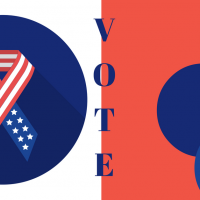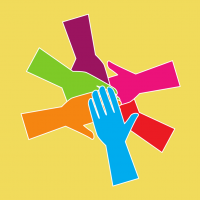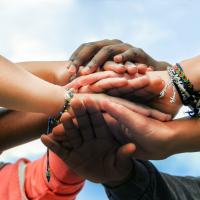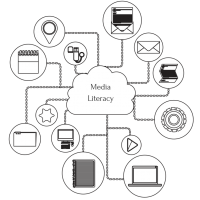Video Clip and Discussion Guide: The government cannot and will not take care of all of society's needs. In all countries, there is a balance of what needs are addressed by government, by business, and by philanthropy (or the nonprofit sector). In the U.S. where the government is relatively small and limited, the nonprofit sector addresses many needs where there are gaps between government and business. Because of the good philanthropy does for all, there are tax benefits for nonprofits and for people who donate to philanthropy.
This resource guide highlights activities you can do with your students to help them enhance their communication and listening skills.
- This Activity Builds Communication Skills. ...
These activities and games educate, equip, and empower young people to build community, trust, and open communication with others in their community.
Ice breakers:
...
Four Types of Service
Young people who seek to address an issue they care about have many creative opportunities to consider. Exploring these four ways to take action is a starting point for critical thinking. It is important to include the people who are closest to the...
Whether you are in a school, home, faith-based, or community setting, your group can build community through brief check-ins. Check-in meetings may last between 3-15
What are the forces in our lives that separate us from the outdoors today, and what can we do to fuel up on the power of nature? In this lesson, young people research the benefits of being outside and the human impact on the environment or about environmental justice issues with a local impact. Then they make a service-learning plan to take action to protect nature and get others outside in nature or to address an enviromental justice issue they've identified. This lesson is suitable for physical education, biology, geography, and English classes.
- Read more about Environmental Play and Justice
- Log in or register to post comments
Learners use visual literacy skills to analyze the components and message of an image. The students identify issues that are meaningful to them and create a simple image/message and then design a social media campaign to advocate for their issue.
- Read more about Image Conveys a Powerful Voice: Yours!
- Log in or register to post comments
One of the fundamental purposes for education is to prepare youth for responsible citizenship. This includes caring for others and the common good, understanding how government and voting work, following current events, listening to diverse points of view and having civil conversations, and advocating for a cause. This toolkit includes background information and project ideas related to civic participation.
Youth reflect on the value of art in communicating feelings and culture, while taking part in service to the community. They teach an art lesson to young children to encourage self-expression. They plan an environmental service project that puts crayons in the hands of young children. The youth identify nonprofit organizations or schools that might need crayons, and they arrange a collection of gently used crayons and delivery of repackaged crayons. This project is enhanced when it involves collaboration between classrooms from elementary to high school.
- Read more about Crayons and Art for Community
- Log in or register to post comments
Media Literacy
With all of the ways we get media, it is difficult to sort out what information we are absorbing and what is real. Sifting through all of the information can be difficult for even the most adept media consumer. Learning to Give offers this Media Literacy guide to...





